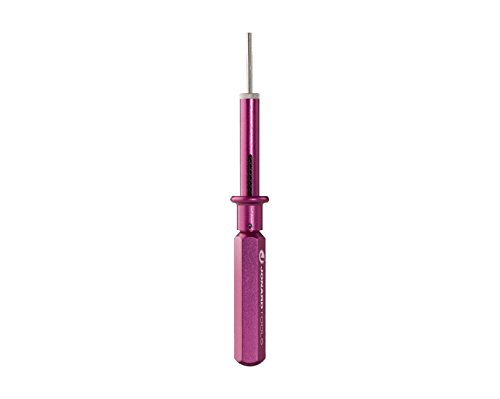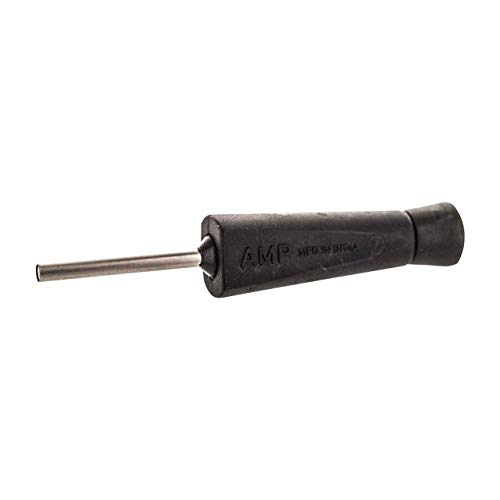Well thanks to each and everyone of you for your useful and helpful responses since my last post. I'd actually been busy trying and experimenting this past week on the setup that I'd to make especially in orientation with the airflow being sucked by the venturi as well as a pc exhaust fan.
Something that I think may have missed out by the members is the video I'd shared earlier that my setup is basically in the alley outside my house, so its not an enclosed lab but also not very open to perform these tasks safely. I live in the lower portion, there are owners living above, and there are neighbours just about everywhere

so the exhausting still needed to be taken care of. I personally wanted a scrubber setup with this cabinet but I really can't figure out how I can achieve it despite giving it many attempts. It was time consuming and already too much had passed so I decided to move on.
Henceforth, I built this
As marked :
1,
BLUE : Pipe opening for the insertion of a blower
2,
RED : Y-T as opening for the venturi air suction, tested over a beaker with hot water. Sucks good enough, but not much suction without the watch glass so some of it will escape and be caught by the exhaust
3,
GREEN : 12v 4.5 amps blower with a PVC cup cut out on the bottom, to increase the length I tested it out with the tube of a tissue roll but that doesn't seem like a viable option when in full mode operation. Can someone give me a better idea for that please?
4,
YELLOW : 12v 1.9 amps PC fan exhaust. (needs distance testing)
This setup will be enclosed with a glass or plexiglass from the front as doors. Although it just seems fine and not perfect per se, I'd like to see a feedback from you seniors.
Something I don't understand or make it out is as you can see the exhaust piping starts with a 6 inch coupling=>pipe=>6-4inch reducer=>4inch pipe=>then the Y-T. How come the air is still blown of the angled section of this T? (I hope I'm getting this right because I forgot to mark it.) When I tested earlier with a different DIY contraption, the air blew right out a 3inch pipe without any issues. In fact earlier, it was a 90 degree elbow only in the middle of the contraption, that too sucked the air but this one having given it so much space, it still blows out. What could be wrong here? This is also a concern as the piping of the blower and the exhaust connect here. A 45 degree will connect with the blower to the main exhaust piping and then the piping blow continues.
Many thanks for your time again





















































